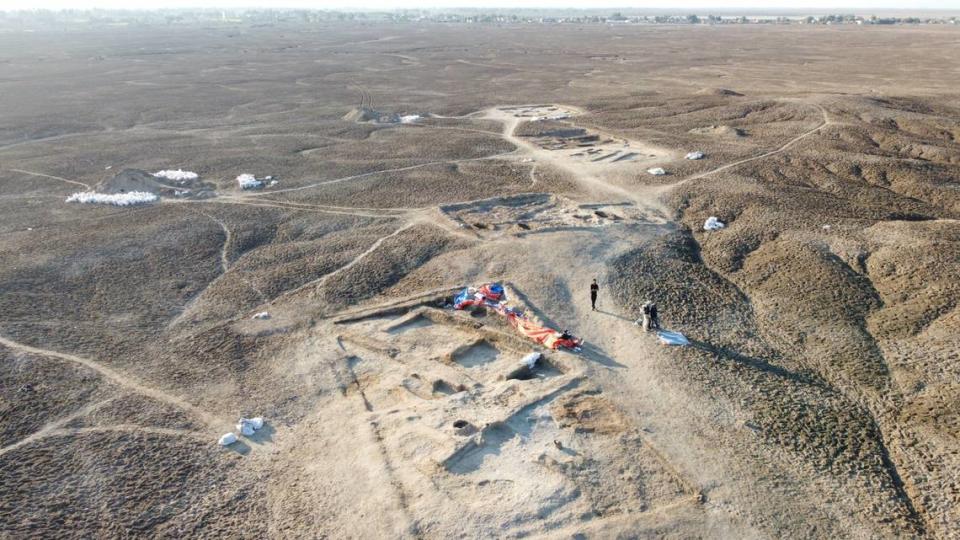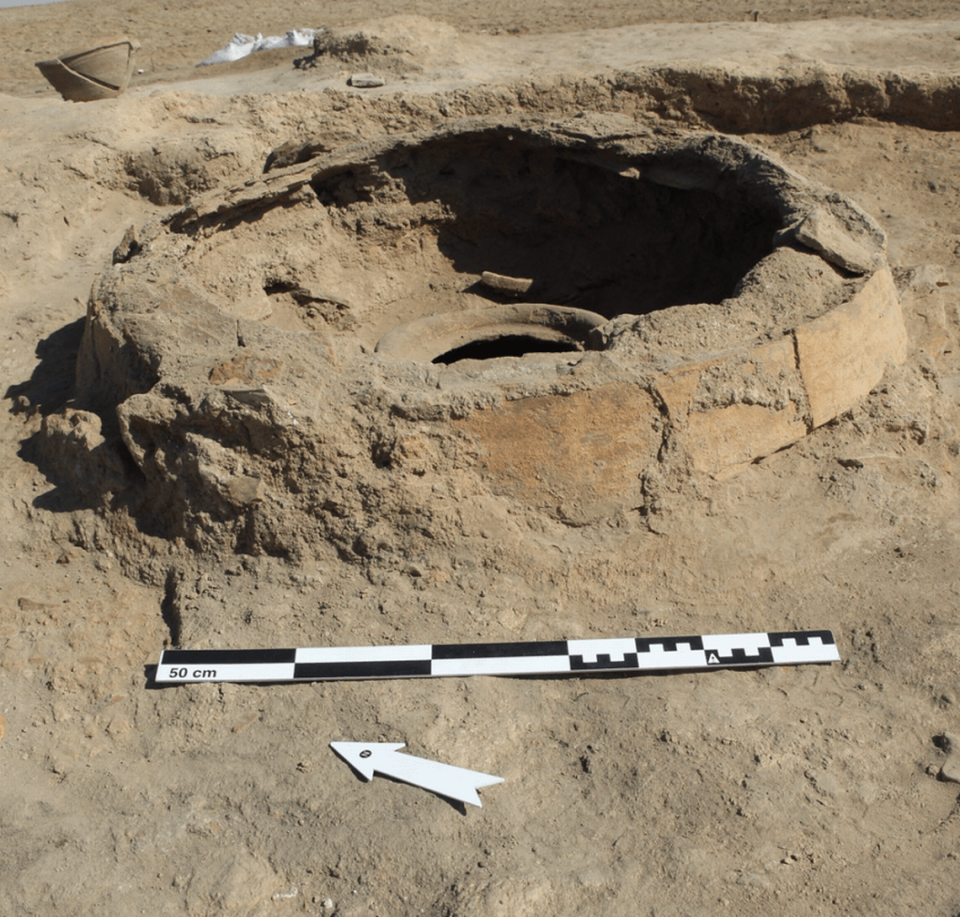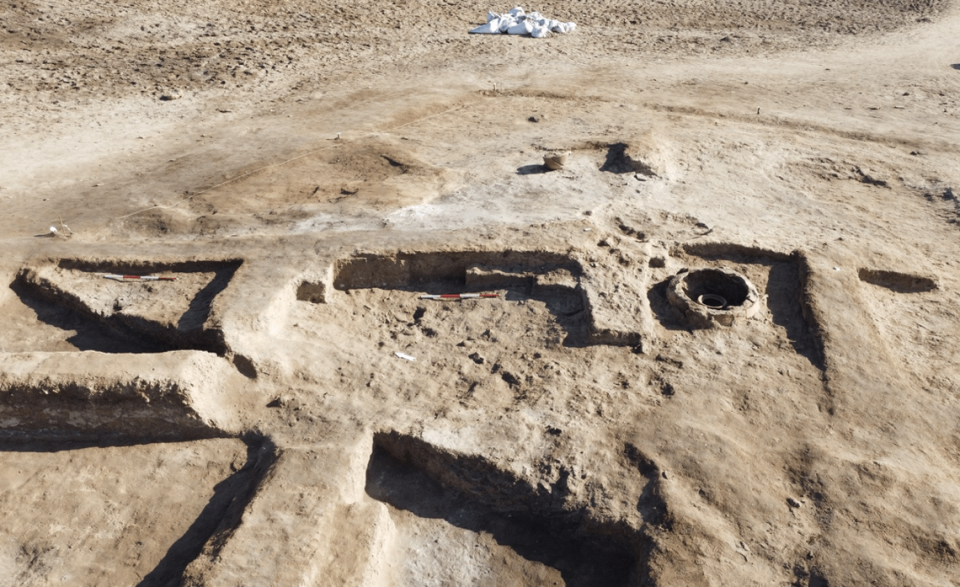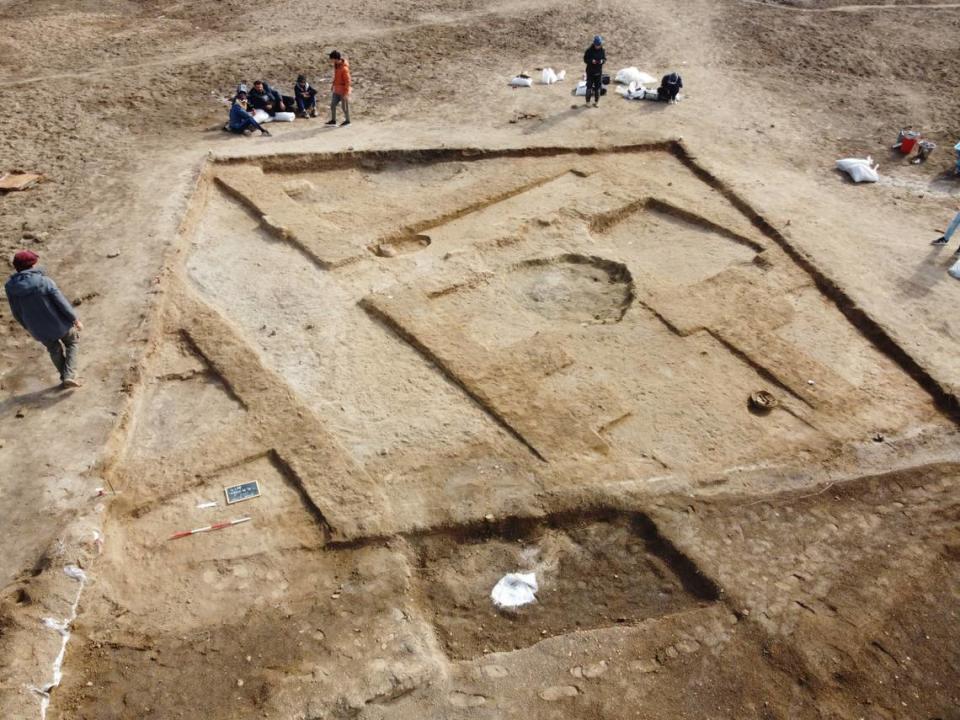4,700-year-old ‘tavern’ — complete with fridge, oven and food — unearthed in Iraq
Working over a massive oven, cooks prepared meals in bulk and placed them on nearby shelves, ready to be served. Diners came to sit on the tavern’s benches, eating and drinking their fill. The scene is thousands of years old, yet still familiar.
Archaeologist Holly Pittman was working at the Lagash archaeological site in Iraq when her phone rang, she told McClatchy News on Wednesday, Jan. 25. On the other end of the line was the excited voice of the project’s field director.
“We have a tavern!,” the field director told Pittman. Immediately, Pittman got in a car and headed to see what remained of the ancient Sumerian tavern.

Pittman, the Lagash Project Director and Curator at the Penn Museum in Pennsylvania, and the field director, Sara Pizzimenti, an associate professor at the University of Pisa in Italy, were leading excavations in Lagash focused on understanding the lives of the city’s non-elite inhabitants. The project focused on neighborhoods where everyday people lived about 5,000 years ago.
In what remains of one of these non-descript neighborhoods, Pizzimenti uncovered a burnt structure. Although a number of ancient pottery kilns were found in the area, this structure was different. It was an oven, Pittman explained.
Near the oven, Pizzimenti found a series of walls, benches and a set of shelves, Pittman said. The collapsed shelves used to have four levels – all loaded with bowls of food.
Across the room, they found a structure made of a large pot and layers of pottery shards, Pittman said. Photos show the half-buried, circular structure. Pittman identified it as a “zeer,” an underground cooling device used like a refrigerator to keep foods and drinks cool.

Looking around the excavation site, Pittman’s team realized they had uncovered a public eatery from 2700 B.C. “We immediately dubbed it ‘the tavern,’” she said. The partially indoor, partially outdoor space would have served beer, bread, chicken and fish, Pittman said. Bones of both animals were unearthed with the bowls from the collapsed shelf.

The 4,700-year-old tavern revealed the daily lives of regular ancient Sumerians, Pittman said. “Really, it’s beautiful… we were all very excited.”
Archaeological excavations of the non-elite neighborhood near the tavern uncovered streets, alleyways, houses, pottery kilns and many more artifacts, according to the Lagosh Archaeological Project’s website about the fall 2022 season. The team uncovered clay seals, stone tools, tokens, beads, jar stoppers and almost 37,000 pottery shards.

Many excavations of ancient Sumer focused on palaces or temples, places that reveal the lives of the elite class, Pittman said. Her team wants to understand the rest of society “how these people structured their economic life, their domestic life, their public and their private lives.” To do this, her team has plans for three future excavation seasons focused on various lower class neighborhoods in Lagash.
The archaeological site in Lagash is massive, with remains stretching across four miles, according to a Jan. 23 news release from the University of Pennsylvania. The ancient city-state flourished from 2900 B.C. to 2300 B.C. as a political, religious and industrial population center. Lagash is about 200 miles southeast of Baghdad.
800-year-old fortified city — with imperial palace — unearthed from China mountaintop
‘Monumental’ structure — riddled with 200 bullet marks — uncovered in UK, photos show
What did people eat 9,000 years ago? Hunting cave reveals glimpses of diets in Mexico

